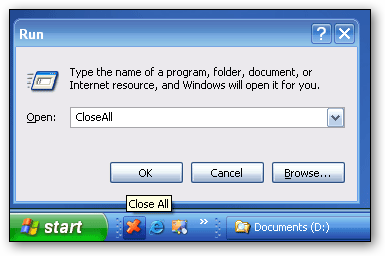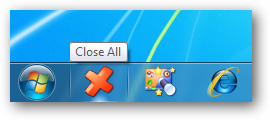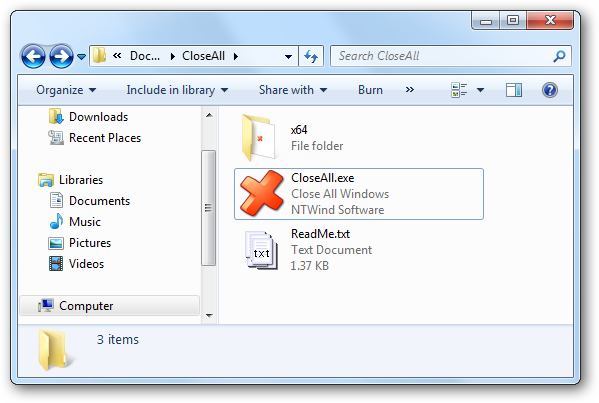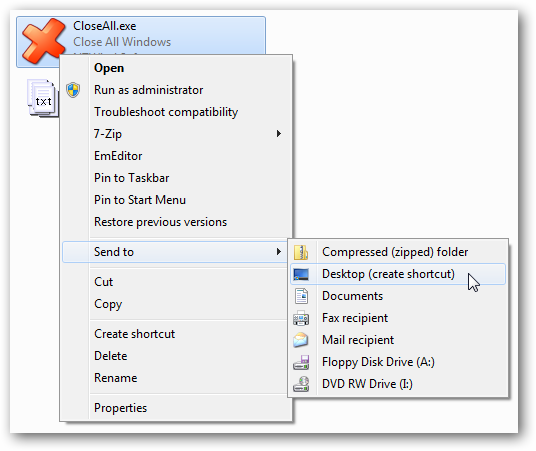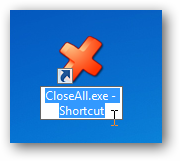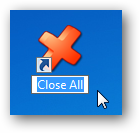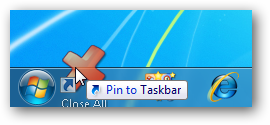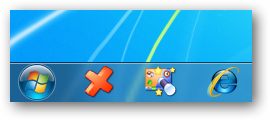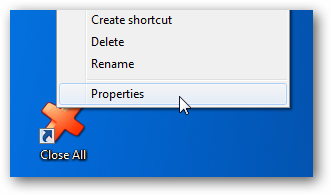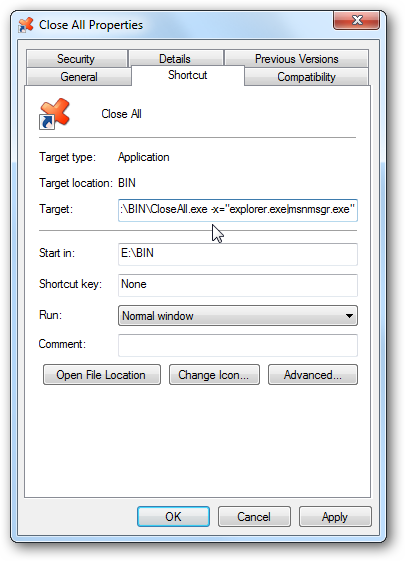Your home computer is the perfect machine. It's customized to your
exact needs, runs all your must-have apps, and holds every important
file you'd ever need to access. The catch: It's not exactly practical to
lug a computer with you everywhere you go. That's where remote access
comes in. Here are three dead-simple ways to control your home computer
from anywhere—your laptop, phone, or even a friend's computer—as though
you were sitting directly in front of it.
We've talked about remote access countless times before, but if
you're just starting out with the subject, it can be pretty
overwhelming. You have a ton of different programs to choose from, some
of which only work on certain platforms, and each of which has their own
strengths depending on what you're trying to accomplish. Here, we'll
share our favorite remote access methods for different situations, as
well as alternatives you can try if our favorite doesn't work for you.
We've listed the cross platform options below for everyone, but there
are also Windows-only and Mac-only programs for people that use the
same OS on all their machines. Click your preference below to add its
instructions to the guide.
Click for instructions for your platform of choice:
Windows to Windows: Use the Built-In Remote Desktop Connection
Windows users have a ton of options, but we really like Windows'
built-in Remote Desktop Connection for its Windows integration, high
level of control, and the fact that it doesn't require
any
additional software to set up. Note that you'll need Windows
Professional or higher for this feature to be available—Windows Home and
Home Premium users will have to try one of the alternatives listed
below—but
that's usually pretty easy to get at a low price. Here's how to use it to access your Windows computer from another Windows machine.
Note that if you only want to access it from the inside of the
network, you can just perform the steps in Option One, ignoring the
first step of downloading and setting up Hamachi. Just fire up Remote
Desktop, type in the name of the computer you want to access, and
connect.
Option One: Connect to Your Home Network with Hamachi
Hamachi is a simple program that sets up a Virtual Private Network,
or VPN, in just a few clicks. When you take your laptop out and about
and you connect to your VPN with Hamachi, your computer acts as if its
on your home network, which means you can access your other computers
hassle-free—no need to forward ports or remember complicated IP
addresses. It requires installing a separate program, but it's a program
we recommend you have anyway—in fact,
you shouldn't be using public wi-fi without it, since it keeps all of your data safe from prying eyes. Here's how to use it in conjunction with Windows Remote Desktop.

- Download and set up Hamachi on both your home computer and your remote computer using our how-to.
- On the computer you want to access remotely, click the Start menu
and search for "allow remote access". Choose the "Allow Remote Access to
This Computer" option. You'll get something like the window to the
right. You'll want to check one of the bottom two radio buttons,
depending on how you'll be accessing the computer. If you're accessing
it from another Windows 7 machine, you can use the more secure "Allow
connections only from Remote Desktop with Network Level Authentication".
If you're accessing it from other programs or versions of Windows,
choose the "Allow connections from any version of Remote Desktop"
option. Click OK when you're done.
- On your remote computer, go to the Start button and search for
"Remote Desktop". Choose "Remote Desktop Connection", and type in the
name of the computer you want to access (like
STEVESCOMPUTER or LIVINGROOM—the
name you gave it when you installed Windows. (If you're not sure what
your computer is named, go to the Start menu, right-click on Computer,
and scroll down to "Computer Name".
- Click "Connect." Log in with the username and password you use on your home computer to gain access.
That's it! From now on, you should be able to connect to your home
computer any time by starting up Hamachi, connecting to your VPN, and
repeating steps 2 through 4. Remember that you need Hamachi running on
your home computer and the computer you're connecting with, so your best
bet is to let it start up with Windows and run in the system tray.
Option Two: Forward the Ports On Your Router
Your second option is to forward the ports on your router so that you
directly connect to your home computer from the internet. It takes a
bit more initial setup, but you don't need to install any extra
software. That said, if you're going to be browsing on public wi-fi, we
recommend using Hamachi to secure your browsing anyway, so Option One is
your best bet—but if you're going to use Remote Desktop from a friend's
house or other secure location, you can use this method if you want.

- From your home computer, log into your router's administration page
and forward TCP port 3389 to the computer you want to access, as described in this how-to.
- Find your home computer's public ip by going to
http://whatismyip.org and write down this IP address. Unfortunately,
this public IP address could change at any time, leaving you without
access. So, we actually recommend you also use a service like DynDNS to create a very simple domain name that you can use to connect your computer and using that instead.
- On the computer you want to access remotely, click the Start menu
and search for "allow remote access". Choose the "Allow Remote Access to
This Computer" option. You'll get something like the window to the
right. You'll want to check one of the bottom two radio buttons,
depending on how you'll be accessing the computer. If you're accessing
it from another Windows 7 machine, you can use the more secure "Allow
connections only from Remote Desktop with Network Level Authentication".
If you're accessing it from other programs or versions of Windows,
choose the "Allow connections from any version of Remote Desktop"
option. Click OK when you're done.
- Once you've left the house, go to the Start button on your remote
computer and search for "Remote Desktop". Choose "Remote Desktop
Connection", and type in the IP address you found earlier (or your
DynDNS name that you set up).
- Click "Connect." Log in with the username and password you use on your home computer to gain access.
From now on, you can connect to your home computer just by repeating
steps 4 and 5. There are no advantages to this method beyond not having
to install Hamachi—they both run at about the same speed and the
experience is otherwise identical once you connect.
As you can see, Remote Desktop requires a bit more initial setup than
something like TeamViewer (see section 3 of this guide), but it's
really worth it for the speed and great Windows integration it brings
you. Not only does it match the resolution of your remote computer, so
it really feels like you're using that machine—but you can copy and
paste text or files just by pressing Ctrl+C as normal in the Remote
Access window, then pressing Ctrl+V to paste them onto your current
computer. I also recommend you check out the options available in the
Remote Desktop Connection program—you can choose how much of your
display to show, whether to show high quality graphics, which hard
drives to share, share your printer, and lots more.
Its main downsides are that it isn't exactly the prettiest option,
and that it doesn't support multiple monitors at all. The resolution
thing might also be a downside for some. I like it because it makes it
feel more like the computer's in front of me, but it will resize all
your windows to fit the new resolution and you'll have to fix them once
you get home. I recommend you give both Remote Desktop and TeamViewer a
try, because they're almost equally good in my opinion (though they each
have their own strengths and weaknesses).
Other Windows to Windows Programs
As I said above, you should definitely try TeamViewer as described in
the cross platform section below—it's just as good as Remote Desktop,
and if you have multiple monitors, it's going to probably be even
better. It'll require a bit more setup (like creating a TeamViewer
account and installing some software), but it's worth it. Remote Desktop
seems to be a bit more responsive when typing and clicking, though
TeamViewer seems much smoother when it comes to moving around windows.
Give them both a try and see which one you like better.
Other popular options for Windows include screen sharing clients like UltraVNC, which was
one of your favorite remote desktop clients in our Hive Five.
TightVNC is also popular (and available on Linux), though
UltraVNC
is a bit more feature-filled. Both clients let you access your computer
from any web browser as well, which is nice, but they're also a bit
more complicated than Remote Desktop or TeamViewer. You can
check out our how-to for TightVNC here.
If You're Accessing Your Computer Across Platforms: Use TeamViewer
If your home computer and remote computer run different
platforms—say, if one's Windows and one's a Mac, or one's a Mac and
one's Linux—you can use the awesome, cross-platform
TeamViewer. It's pretty simple to set up, and has some very nice features. Here's how it works.

- Download and install TeamViewer
on both your home computer and remote computer. Start it up and create
an account by going to Connection > Set Up Unattended Access. This
will make all your computers accessible over the internet with just a
quick username and password combination.
- Log into your account on your home computer. You should see that
it's already been added to TeamViewer's list of machines. Leave
TeamViewer running in the background when you leave the house.
- Run TeamViewer on your remote machine and log into your account. You
should immediately see your home computer in the list. Double-click on
it to start a remote session with that machine.
It really is that simple. Sure, it requires creating an account and
downloading extra software, but it's pretty worth it. You can share
files between machines (though not quite as easily as you can with
Windows Remote Desktop), you can view multiple monitors, and configure
advanced View settings to make it run as smoothly as possible. Even if
you're trying to connect two Windows computers or two Macs, I'd still
check out TeamViewer in addition to our platform-specific choices
above—it's very good, and might offer you a few advantages over the
other options. Note that TeamViewer also has an iPhone and Android app,
if you want to connect from your phone, as well as a web client, if
you're on a friend's computer and don't want to install any extra
software on their machine.
Other Cross Platform Programs
TeamViewer isn't the only cross-platform option, but it is our favorite for its simplicity.
LogMeIn
is TeamViewer's closest competition, though its biggest strength is its
$13 a month Pro version that adds things like drag-and-drop file
transfer, file sync, and more. It's only accessible from a web browser
and has a slightly more confusing set up, which is why we gave
TeamViewer the edge.
If you're connecting from a Windows computer to a Mac, you can use a screen sharing client like
TightVNC or
UltraVNC
to connect to your Mac running the built-in Screen Sharing. Just
download one of the clients and use the Hamachi method or the IP address
you found in Method Two to connect.
For more options, check out
our guide on troubleshooting your family's computer from afar, as well as our
Hive Five on the best remote desktop tools.








